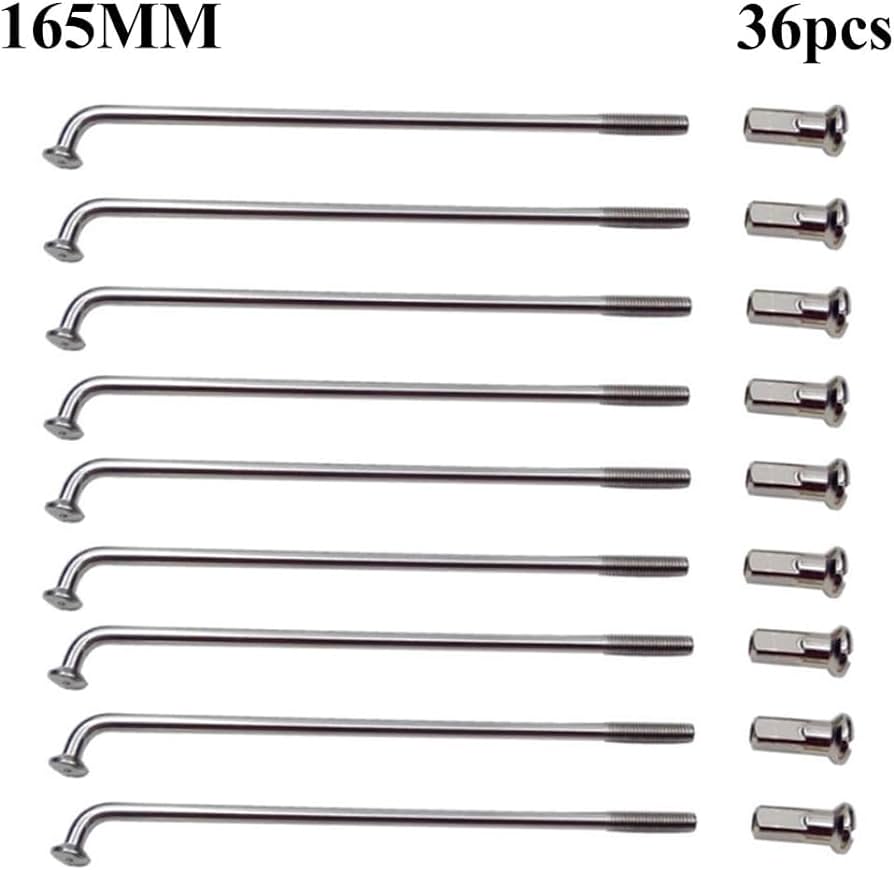Painting Over Anodized Aluminum: Expert Tips Unveiled

As an affiliate, we may earn from qualifying purchases. We get commissions for purchases made through links on this website. You can read more on our Affiliate Disclaimer here.
Painting over anodized aluminum requires proper surface preparation and the right type of paint. Ensure the surface is clean, etched, and primed for best adhesion.
Anodized aluminum, known for its corrosion-resistant finish and durability, is often used in various architectural and automotive applications.
While the anodizing process creates a surface that can be somewhat resistant to paint adhesion, updating or changing the color of anodized aluminum is feasible with adequate preparation.
To achieve a lasting paint job, it is crucial to thoroughly clean the metal to remove any contaminants. The next step typically involves etching the surface to create a profile that allows the paint to cling effectively.
Selecting a primer that’s specifically formulated for anodized aluminum can further enhance the paint’s durability and finish. Using appropriate materials and following the manufacturer’s recommendations are essential for the success of this delicate painting task.
Understanding Anodized Aluminum
Anodized aluminum is a corrosion-resistant material that is not only durable but also has an aesthetically pleasing finish. This unique material advances beyond the characteristics of standard aluminum thanks to a process called anodization.
The versatility of anodized aluminum makes it suitable for a variety of applications, from architectural frameworks to kitchen appliances. However, the moment comes when an update is necessary, and painting over anodized aluminum becomes a topic of interest. It’s not just about applying paint; understanding the anodization process and proper surface preparation is essential for an enduring finish.
Anodization Process Overview
The anodization process involves enhancing the natural oxide layer on the surface of aluminum parts. The result is a strong, protective finish that is integral to the metal itself. Here’s a simplified breakdown of the process:
- Aluminum is submerged in an electrolytic solution.
- An electrical current is applied, causing the aluminum to oxidize.
- This oxidation forms a layer of aluminum oxide on the surface, which is much harder than the underlying aluminum.
- The thickness of the anodized layer can be controlled by adjusting the time and current applied during the process.
This hardened layer is what paint will adhere to when painting over anodized aluminum, but only if the surface is appropriately prepped.
Surface Prepping Techniques
Before painting, surface preparation is paramount to ensure the paint adheres and lasts. Various techniques can be used, each suited to different applications and desired outcomes:
- Chemical Cleaning: Removes any contaminants and provides a clean surface for the paint to adhere to.
- Abrasive Methods: Mechanical abrasion can rough up the surface, offering better paint adherence.
- Acid Etching: A more aggressive approach that can create a suitable profile on the anodized layer for painting.
All methods aim to remove any grease, dirt, or oxidation that could prevent the paint from bonding correctly. Once the surface is prepped, painting over anodized aluminum can result in a refreshed appearance and prolonged life of the material.

Credit: media.landrover.com
Selecting Compatible Paints
When embarking on a project that involves painting over anodized aluminum, choosing the right type of paint is crucial for both the aesthetics and longevity of the finish. The anodization process creates a durable and resistant surface, but not all paints are suitable for adhering to this unique substrate. This section will delve into the appropriate paints to use on anodized aluminum and provide tips to enhance paint adhesion.
Paint Types For Anodized Aluminum
The right kind of paint can make a significant difference in the outcome of your project. Here are the best options:
- Epoxy-based paints: Known for their durability and strong adhesion.
- Acrylic latex paints: These water-based paints offer good coverage and are easier to work with.
- Urethane-based paints: Urethane paints provide a tough finish that is resistant to chipping and fading.
Considerations For Paint Adhesion
Ensuring that paint adheres properly to anodized aluminum requires attention to detail:
| Consideration | Detail |
|---|---|
| Surface Preparation | Clean the surface thoroughly to remove any contaminants that could prevent paint from sticking. |
| Primer Use | Apply a primer designed for metal surfaces to create a foundation for the paint to adhere to. |
| Environmental Factors | Paint in a well-ventilated area and consider temperature and humidity, as they can affect drying and curing times. |
Thoroughly scuffing the anodized layer with a fine-grit sandpaper can also enhance adhesion by providing a rougher surface for the paint to grip onto. Additionally, allowing proper drying time between coats and using a sealer can extend the paint’s lifespan on the aluminum.
Surface Priming And Conditioning
When embarking on a project that involves painting over anodized aluminum, understanding the critical role of surface priming and conditioning cannot be overstated. This stage sets the foundation for paint adhesion, durability, and overall finish quality. While anodized aluminum boasts a robust and protective surface, ensuring optimal primer application is essential for a successful paint job.
Importance of Primer
Importance Of Primer
Primer serves as the intermediary bond between the anodized surface and the paint. Without a high-quality primer, paint may peel, chip, or fade prematurely. Primer accomplishes several key functions:
- Adhesion: It ensures strong adhesion to the anodized layer.
- Corrosion Protection: It provides a barrier against corrosion.
- Uniformity: It creates a uniform surface that helps paint to be applied evenly.
Preparing the Surface for Paint Application
Preparing The Surface For Paint Application
Prior to applying primer, it’s essential that the surface is thoroughly prepared. Surface preparation includes several steps:
- Cleaning: Remove dirt, grease, and contaminants with a mild solvent or a specialized cleaning agent.
- Sanding: Lightly sanding the anodized surface can help the primer to adhere better.
- Rinsing: After sanding, the surface should be rinsed with water to remove any remaining debris.
- Drying: The surface must be completely dry before applying the primer.
Ensuring these steps are done meticulously will lead to a more durable and attractive finish.
Tips For Achieving A Smooth Finish
Refreshing the appearance of anodized aluminum can be challenging, yet rewarding when done right. Achieving a smooth and durable finish on such a surface requires adherence to particular methods and conditions. Here are expert tips to ensure you attain that polished look when painting over anodized aluminum.
Proper Brushing Or Spraying Techniques
The success of your paint job largely depends on the application technique. Brushing can be effective if done with care, but spraying often provides a more even coat. Here’s how to excel with either approach:
- Brush Application – Use a high-quality, synthetic bristle brush designed for use with the type of paint you’ve chosen. Apply with smooth, even strokes to avoid marks and streaks.
- Spray Application – A spray gun or aerosol cans can deliver a fine mist of paint, which settles evenly on the anodized aluminum. For optimal results, hold the sprayer at a consistent distance from the surface and move in a steady, back-and-forth motion.
Aim for multiple thin layers rather than one thick coat to avoid drips and ensure a more even application. Allow sufficient drying time between coats as per the paint manufacturer’s guidelines.
Optimal Painting Conditions
| Condition | Description |
|---|---|
| Temperature | Apply paint within the recommended temperature range, usually between 50°F and 90°F. Extreme temperatures can affect adhesion and drying. |
| Humidity | Low to moderate humidity is ideal. High humidity levels can lead to condensation, causing imperfections in the finish. |
| Weather | Avoid painting outdoors on windy or rainy days to prevent debris and moisture from affecting the paint’s surface. |
Preparing the workspace is crucial. Clean the anodized aluminum thoroughly, removing all contaminants, oils, and loose particles. Priming the surface may also be necessary, especially if you’re changing the color or if the original surface is compromised. Always use a primer compatible with both the paint and the anodized aluminum to ensure firm adhesion and a lasting finish.
Extending The Lifespan Of Paint Coating
Painting over anodized aluminum can rejuvenate its appearance and protect it from the elements, but to ensure longevity, the paint coating must be maintained correctly. By applying a protective coating and adhering to proper cleaning and care techniques, the paint’s lifespan on anodized aluminum surfaces can be significantly extended. The following subheadings will guide you through the best practices for maintaining your painted anodized aluminum items.
Protective Coating Application
To maximize the paint coating’s durability on anodized aluminum, it’s crucial to begin with a protective coating application. This process involves several essential steps designed to enhance the adhesion of the paint and its ability to withstand environmental factors. Here’s how to effectively apply a protective coat:
- Surface Preparation: Make sure the anodized aluminum surface is clean, dry, and free from grease or any contaminants that might interfere with adhesion.
- Primer: Use a high-quality primer that’s compatible with anodized surfaces. An epoxy-based or zinc chromate primer is often recommended due to their excellent bonding properties.
- Layering: Apply the protective coat evenly, following the manufacturer’s instructions for thickness and drying time to ensure optimal protection.
- Quality Paint: Select paint formulated specifically for metal surfaces and preferably with UV protection to guard against sun damage.
Proper Cleaning And Care Techniques
Routine maintenance is vital for preserving the integrity of a paint coating over anodized aluminum. Employing proper cleaning and care techniques will mitigate damage from environmental contaminants and physical wear. Here are the best practices:
- Gentle Cleaning: Regularly clean the surface with mild soap and water using a soft cloth or sponge to avoid scratching the paint.
- Avoid Harsh Chemicals: Refrain from using abrasive cleaners or strong solvents that can strip away the protective coat and damage the underlying paint.
- Inspection: Periodically inspect the surface for any signs of chipping, cracking, or peeling, and touch up any damaged areas promptly to prevent further deterioration.
- Protective Products: Consider periodic applications of a wax or sealant that can provide an extra layer of defense against harsh weather conditions.
By adhering to these care guidelines and application procedures, the paint coating on your anodized aluminum will retain its aesthetic appeal and protective qualities for years to come.
Frequently Asked Questions On Painting Over Anodized Aluminum
Can You Paint Over Anodized Aluminum?
Yes, you can paint over anodized aluminum. However, surface preparation through cleaning and priming is crucial for paint adherence. Choose a paint formulated for metal surfaces.
What Kind Of Paint Adheres Best To Anodized Aluminum?
Acrylic latex paint adheres well to anodized aluminum. It’s essential to use a primer designed for metal surfaces. This ensures better durability and a smoother finish.
How Do You Prepare Anodized Aluminum For Painting?
To prepare anodized aluminum for painting, clean it thoroughly with soap and water. Then, lightly sand the surface to remove any oxidation and create a rough profile for the primer to adhere.
Do I Need To Prime Anodized Aluminum Before Painting?
Yes, priming anodized aluminum before painting is necessary. A good quality metal primer will improve paint adhesion and result in a longer-lasting finish.
Conclusion
Wrapping up, tackling a project like painting over anodized aluminum can be straightforward if approached correctly.
Ensure surface preparation is thorough and choose the right type of paint. Armed with knowledge and the proper steps, your aluminum surfaces will flaunt a fresh, durable finish.
Embrace the transformation and enjoy the revitalized look!

Steven is a professional cyclist and his passion is cycling. He has been cycling for the last 6 years and he loves using bikes while outing as well. Based on his experiences with the different types of bikes; he is sharing his opinions about various bikes so that a beginner can start right away. Find him on Twitter @thecyclistguy Happy Biking.




